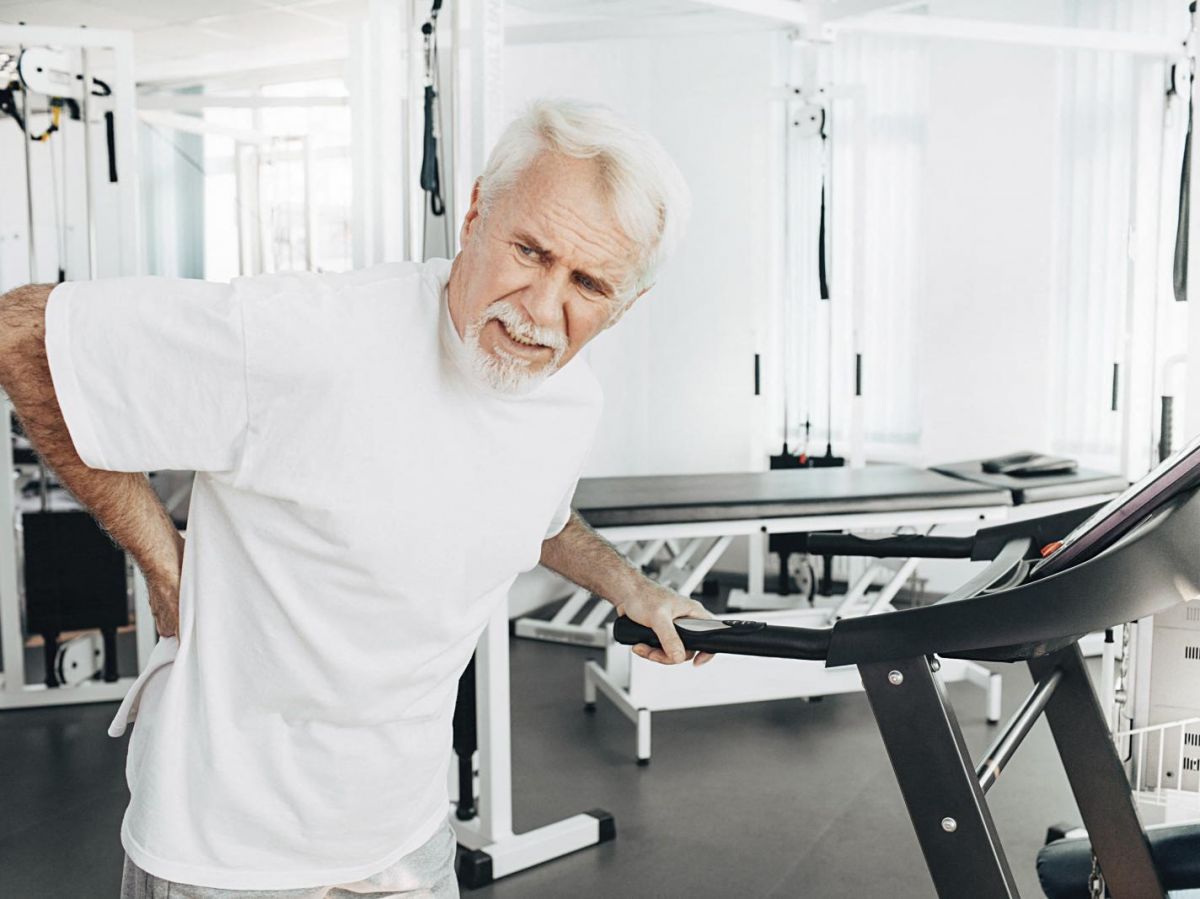The placebo effect is real, and now we know how it works! This effect describes the positive result of a substance or a therapeutic act independently of its expected effectiveness, and it is caused in particular by the hope that the patient may have on the effectiveness of the treatment.
Of the Studies Previous studies had already given a first idea of its mechanisms, by showing which areas of the brain could be involved. A new study, published in the journal Nature by researchers from the University of North Carolina (United States), supports the neural circuits active in these areas, showing how the placebo effect works, and how it could be manipulated.
Training to forget the pain
The study looked at the placebo analgesic effect, when a placebo can generate a decrease in pain. The researchers trained mice to no longer feel pain in a normally painful context. For this "learning," the mice were placed in a device with two chambers, easily recognizable visually.
For three days, the floor of both chambers was at a comfortable temperature for the mice (30°C), which they could explore freely. Then, for three days, the floor of one of the chambers was increased to 48°C, a temperature too high for the rodents' small paws. During this conditioning period, the mice learned to associate one of the chambers with pain, and the other with the absence of pain.
After this period, the floor of both chambers was at 48 degrees C, to test whether the training had worked, and the mice felt less pain in the room that was supposed to be painless despite its new, too-high temperature. Unsurprisingly, the mice showed less signs of pain in this chamber than in the first, even though they had the same temperature and should generate the same pain. And this placebo effect lasted for at least a week.
Read alsoMorning coffee may have a placebo effect!
A connection between the cortex and the cerebellum
The researchers then looked at the brains of these mice to understand what mechanism was responsible for this reduction in pain. They identified a neural circuit with neurons that ran from the anterior cingulate cortex (see image below), in the prefrontal cortex (at the front of the brain, an area associated with pain), to a structure in the brainstem (under the brain) called the pons, which connects it to the cerebellum (a structure that plays a role in learning and conditioning).
In red, the anterior cingulate cortex of the left cerebral hemisphere. Please see below/Wikipedia
These neurons that connect these two areas (the anterior cingulate cortex and the pons of the brainstem) were gradually activated during the conditioning phase. In turn, they activated neurons in the pons that express opiate receptors and can therefore also be activated by endogenous opioids, such as endorphins (which have an analgesic effect). Finally, these neurons activate others in the cerebellum, called Purkinje cells.
Read alsoWomen's pain is underestimated by the medical profession, and this is not without consequences
A gateway to new ways of treating pain
The importance of this connection was assessed by stimulating these neurons in the anterior cingulate cortex (using a technique called optogenetics) in unconditioned mice. This resulted in a decrease in the pain they felt when they underwent different pain tests. This neural circuit is therefore important for the placebo analgesic effect, but it remains to be established how Purkinje cells in the cerebellum attenuate the sensation of pain.
However, the study authors are enthusiastic about the idea of learning more about this placebo analgesic effect circuit and using it to treat pain more effectively: " We need better ways to treat chronic pain, including treatments without harmful side effects or addictive effects., recalls in a communicates Greg Scherrer, author of the study. We believe our findings open the door to the possibility of targeting this new neural pain pathway to treat people differently, but potentially more effectively."

